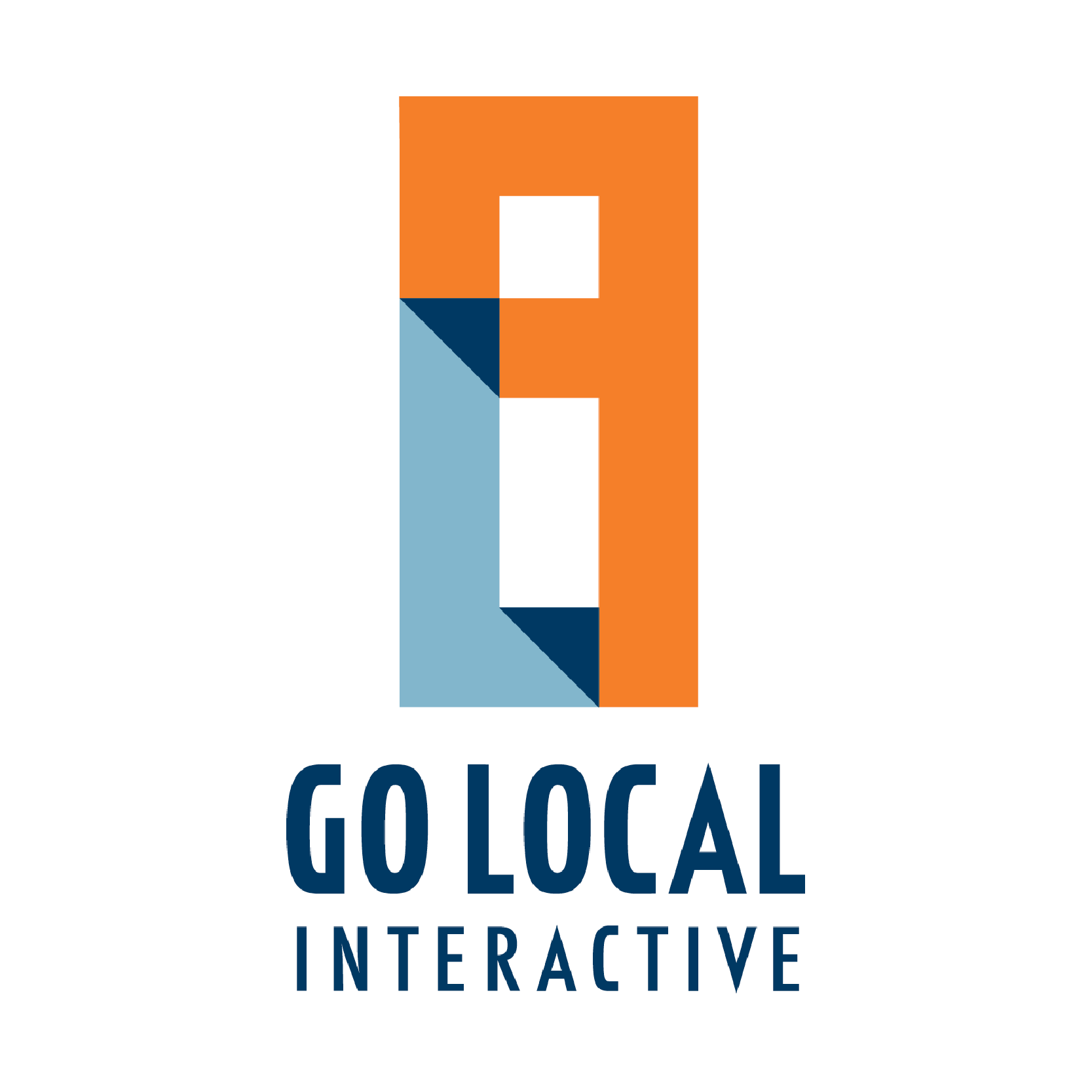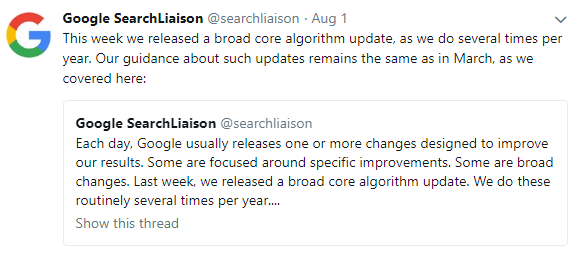This month, Google released a major core algorithm update, one that the SEO industry is generally calling the “Medic Update”, although Google hasn’t officially released a name. The “Medic” name has arisen due to the significant impact on YMYL sites and health companies have seen major shake-ups, but the impact has been far reaching. What does this update include, and how can you make sure your site succeeds in the aftermath?
What is the Medic Update?
Research so far points us to a focus on E-A-T, and especially how important it is for YMYL sites. These are crucial to understanding the update, so a quick definition:
E-A-T stands for Expertise, Authoritativeness, and Trust – essentially, how much Google can trust that you know what you’re talking about, or selling, on your website. High E-A-T has always been important for organic success, and you can read how Google measures low to high E-A-T in their Search Quality Rating Guidelines.
It’s important to understand that Google measures E-A-T for everything, from political news to humor websites to cat videos. But expertise and trustworthiness is of course especially important when researching choices that will have a major impact on your future – like where you’ll go to college, what mortgage loan you should consider, or what parenting style would work best for your family. Google classifies these types of websites as Your Money or Your Life, including:
- Pages that solicit personal information, such as personal identification numbers, bank account numbers, driver’s license numbers, etc., which could be used for identity theft.
- Pages used for monetary transactions, on which users might give their credit account or bank account information; for example, any page that allows you to buy something.
- Pages that offer medical or health information that could impact your physical well-being.
- Pages offering advice on major life decisions, such as pages on parenting, purchasing a home, a vehicle and so on.
- Pages offering advice on major life issues that could impact you.
Google wants to provide users the best possible resources, and users want to trust the responses they find searching for information. This update thus worked to promote good authority websites and degrade the ranking authority of possibly dubious information, and given the sensitivity of health (and financial) information, those industries saw the biggest impact, for both organic and local listings. But any kind of algorithm update can be far-reaching, so all kinds of websites saw dramatic shifts, including travel sites, e-commerce, even sites that just host song lyrics. This was a global roll-out that started August 1st but continued over the week, so now is the perfect time to review whether your website was affected.
Measuring the Impact of the Medic Update
You’ll want to watch closely any kind of major ranking shifts (keeping in mind that some diversity in ranking position day-to-day is normal), and keep an eye on traffic for both your website and your map listings. Although not all citation sources provide this level of detail, you can see in Google My Business if views of your listing have improved or if there have been any corresponding changes to site visits, direction requests, or calls. On your website, keep a close eye on organic traffic, especially entrances to key landing pages like your locations, products, services, or information guides. It wouldn’t hurt to match that back with any impression or click-through-rate changes in Google Search Console.
You may see significant improvements, if you’ve invested in high E-A-T and are now being rewarded for it! If you see significant decreases, there’s not going to be an easy, one-time fix. But there are things you can start to recover any loss, start to create gains against competitors, or keep the higher ranking you’ve recently gained.
How Do I Build High E-A-T?
Some companies still see SEO and Content Marketing as totally disparate fields – one that can be traded off, or waited on in investment. Some of this is, frankly, the fault of the digital marketing industry: telling clients that results can be wholly gained with a-la-carte strategies, or afraid to step into content creation because it’s genuinely a little harder to measure than traditional SEO. But the truth is that your digital marketing programs will never be fully successful without an SEO and Content Marketing plan, and the Medic Update makes that more clear than ever.
Google’s prime criteria for this update, and for many of their algorithms, is based on how trustworthy your website is. That has to do with a multitude of tactics, like sound technical SEO, accessibility, user experience, site security, and the avoidance of heavy, disruptive advertising. But the major driver of E-A-T is content, high quality content that demonstrates your expertise and authority in the subject matter, content that answers your customers’ questions and needs, and content that convinces them to convert.
Based on Google’s E-A-T requirements, there are specific tactics and long-term strategies to consider for this update.
Tactics for the Medic Update
- One thing we’ve seen in the Local SEO impact is the continued need for customer reviews, both to build and demonstrate audience trust, and to help your visibility in the map pack. So keep generating those reviews, keeping Google’s review gating update in mind.
- If you haven’t run a technical site analysis in awhile – within the year, at minimum – make sure you’re not unintentionally creating poor content results or bad user experience.
- Your site needs to be secure, especially if it handles any purchasing process (seriously).
- If you have any kind of advertising on the website, like pop-ups or embedded ads, do a double and triple check that these aren’t impacting easy use of your site for users, or that they couldn’t be confused with the normal content. Sites with deceptive advertising practices (even unintentionally) were heavy hit in this algorithm.
- Confirm that it is easy to find your contact information that connects to a direct person, like a local phone number.
- Display your brand’s E-A-T, like an “about” page that clearly explains your experience, awards, press, certifications, and local impact.
- And think about how you demonstrate the E-A-T of your authors. Content attributed to the relevant authority, with a supplemental link to their biography page or other relevant information, is doing better under Medic. This makes sense, as it’s clearly informing the user (and search engines) that a licensed nutritionist or loan officer wrote the advice offered. Google addresses this directly in their guidelines:
These are great ways to improve your site (for the Medic update, and in general) that can be accomplished or at least started fairly quickly. To be clear, this isn’t a “silver bullet” for sites heavily impacted, but a good place to begin while you’re also planning the long-term strategies.
Strategies for the Medic Update
This is where content is the solution. There are three important stages: reporting, creation, and analysis.
- Reporting. Sometimes we consider site performance from a big-picture perspective only – is traffic improving, are conversions increasing. But it’s just as important to look page-by-page and identify how the content you’ve created is driving users to the site and helping push them along the sales funnel. To fully understand post-algorithm performance and content success in general, review your entrances and exits, time on page and scroll depth, and do it routinely – but especially right now.
- Creation. You can’t post three blogs and consider the project done. Creating high quality content is a constant process, whether that’s in the form of FAQ pages or articles or a resource library. If your site isn’t demonstrating your expertise, this is where you need to start.
- You also want to consider what you have. A full content analysis undertaken with the Search Quality requirements in mind will reveal where you haven’t fully developed your E-A-T (and brand voice, and SEO, and internal linking, and Accessibility, and calls-to-action – as a bonus). This is what will inform your content creation and help you make sense of the reporting, so that you can develop the information your users need (and Google requires).
- A content analysis is traditionally done on your evergreen, static content – but consider your blog too. Remember that Google takes into account every page you produce when considering site quality, so any old, thin, terrible posts still up aren’t always just not driving traffic, they could be holding you back. Reviewing old articles will also give you the chance to reconsider how you’re attributing authorship (like to the surgeon you’ve interviewed, rather than a generic company brand name).
If all of this is a long list and you’re not sure what you can do: start with a content analysis. It will identify all the areas of opportunity to improve and create the roadmap for both tactic updates and strategic development.
Like any medic, this algorithm’s update is a vow to do no harm – an attempt to bring information to customers that they can trust, and make major life decisions with. You, of course, are the trustworthy experts your customers are looking for: but can they tell that from the website?
We need to make sure they can.


